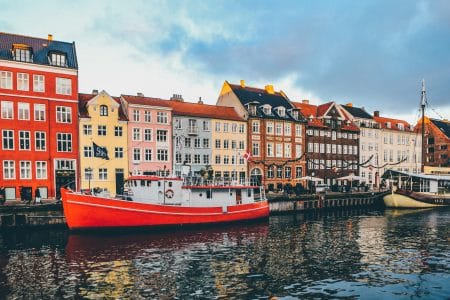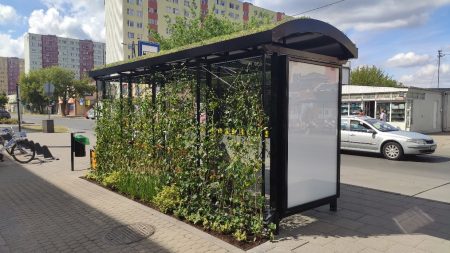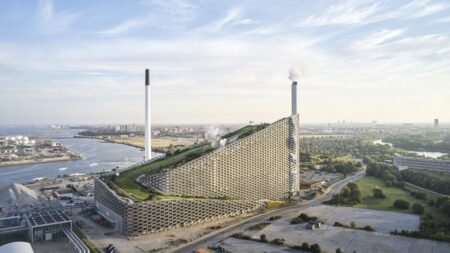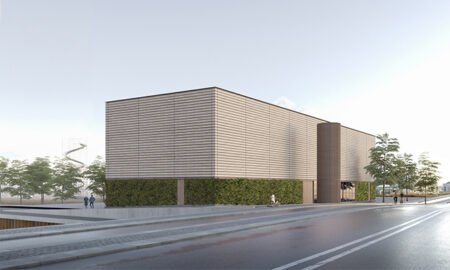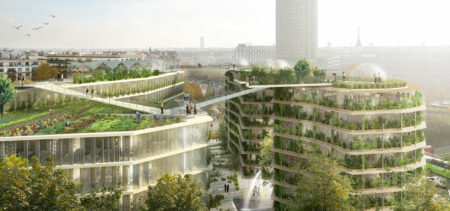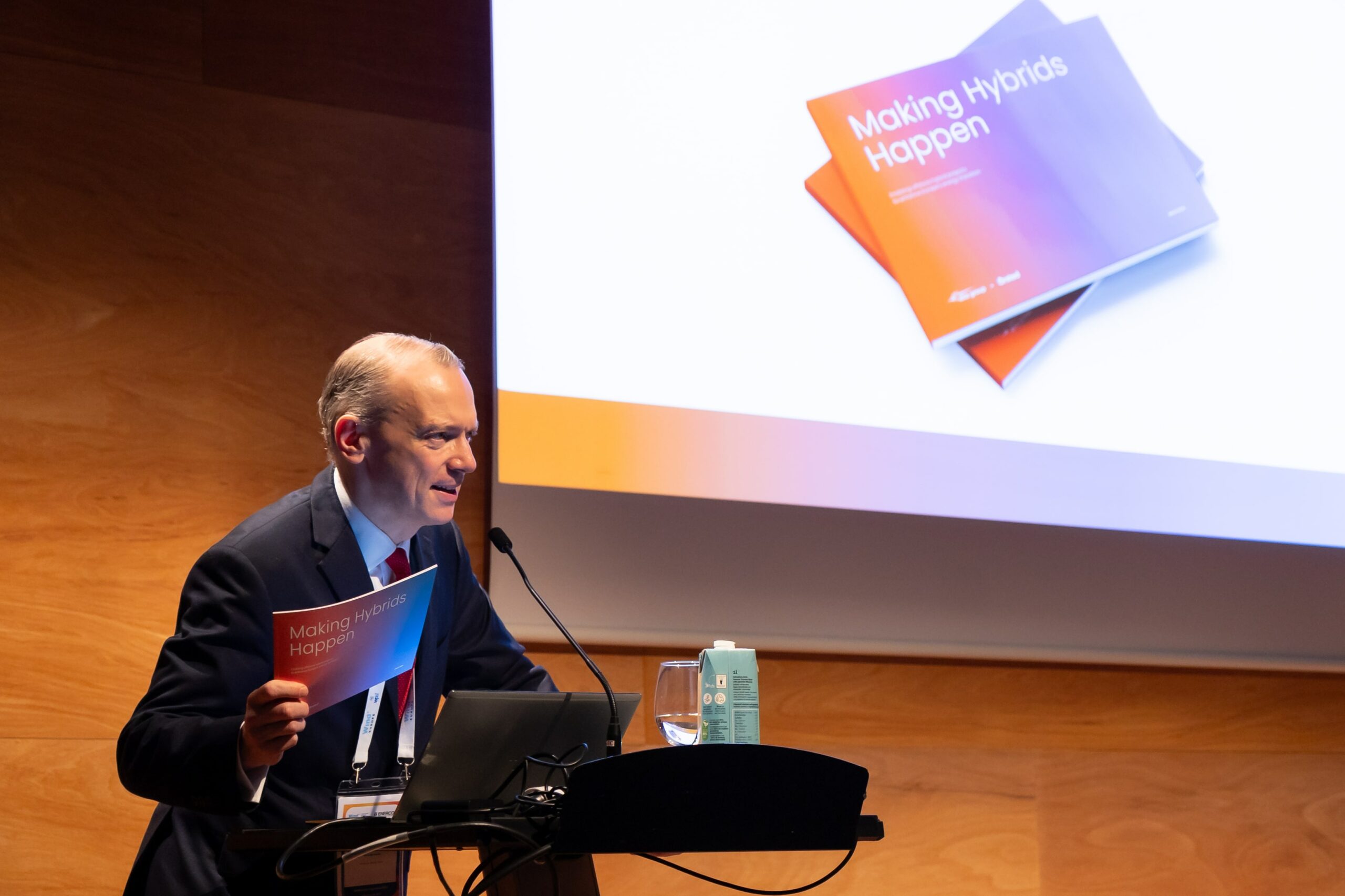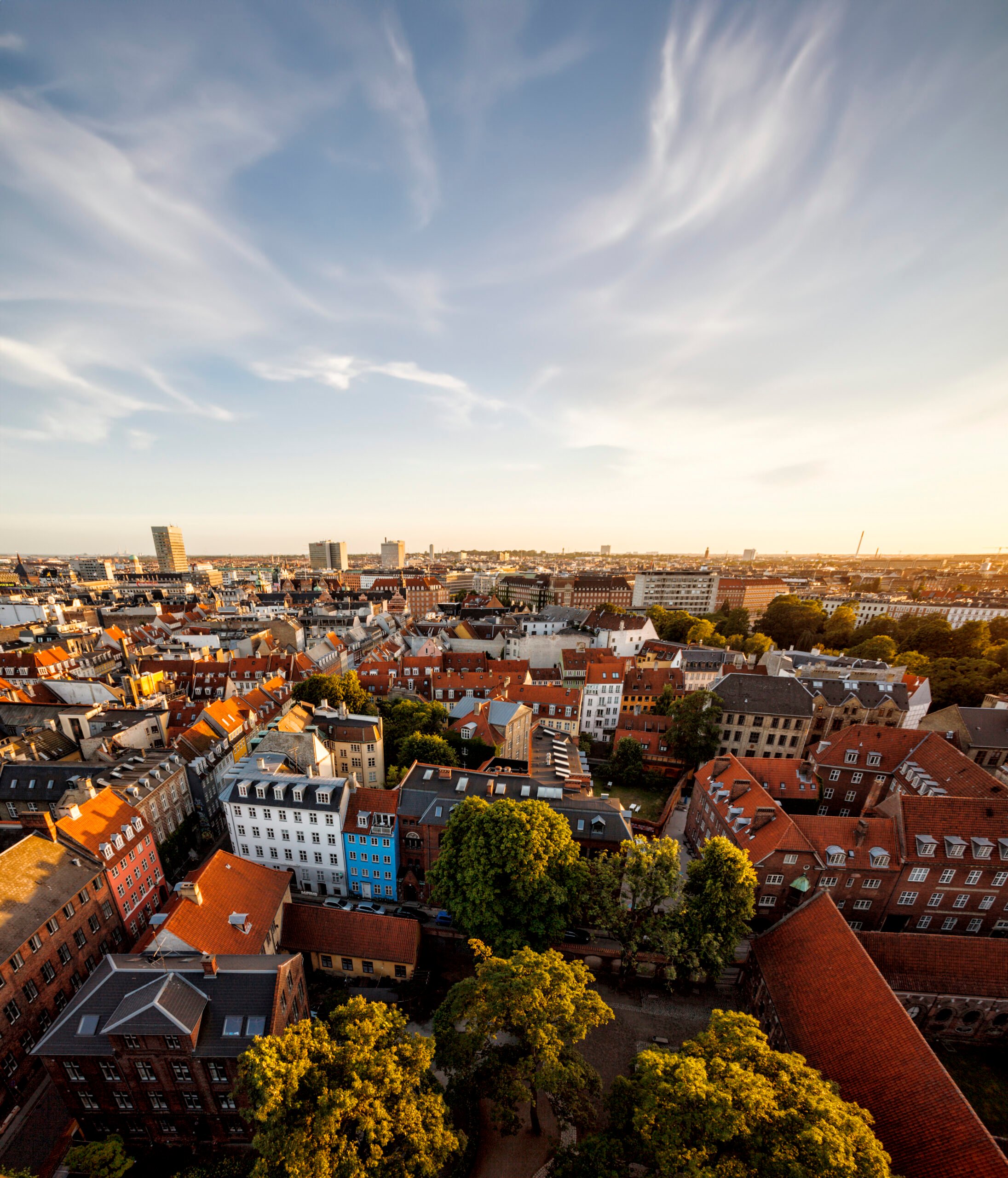News
Buildings
Climate change adaptation
Coastal protection
+5
5 ways Texas cities can prevent urban heat islands
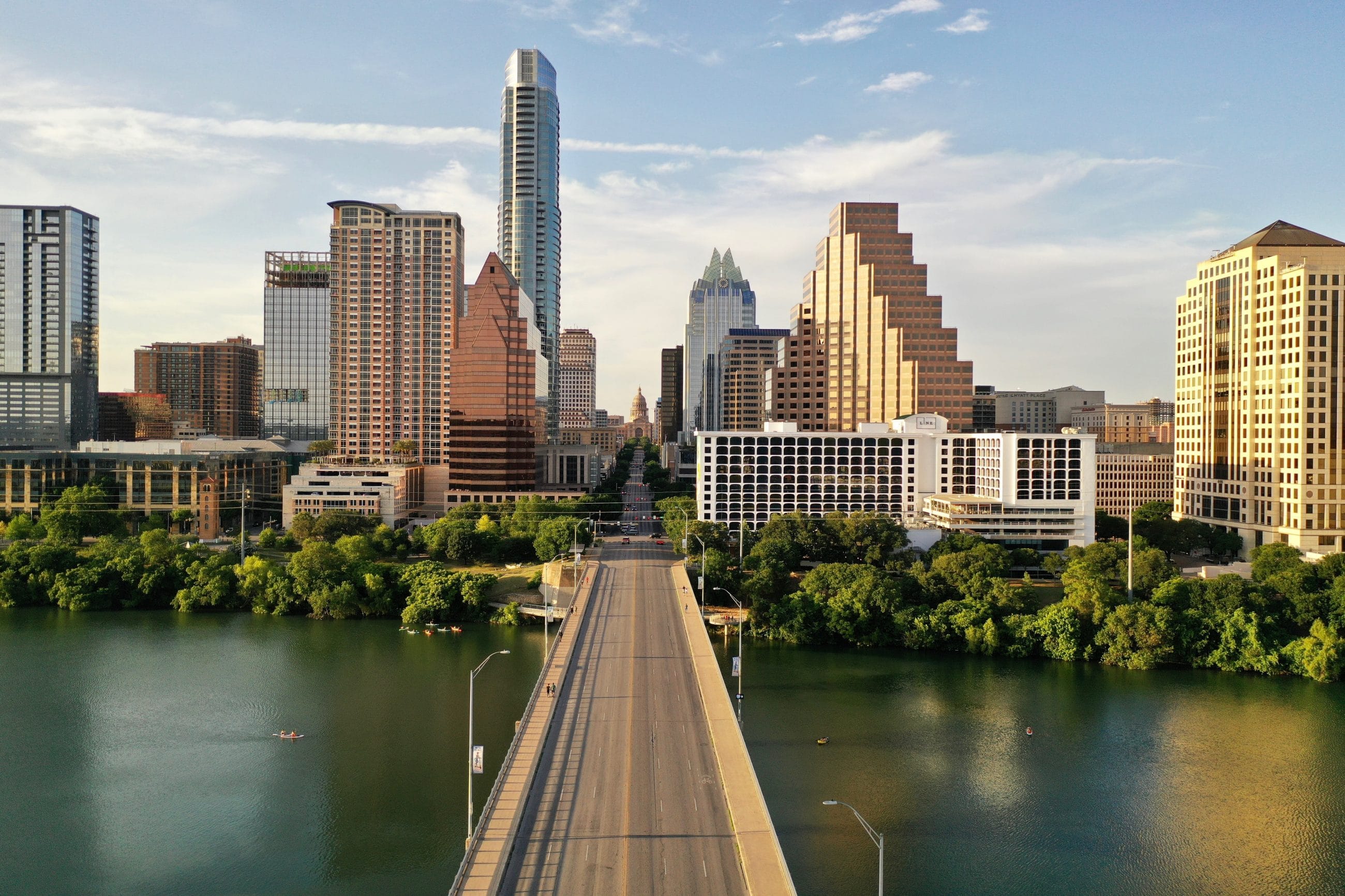

Some places in US have already seen a dramatic increase in extremely hot days, and these will only get more extreme. If no climate action is taken, in 60 years hot days could be so intense that the current heat index can’t measure them – these are so-called “off the charts” heat conditions of 127 degrees Fahrenheit or more. Between the years 2035 and 2065, more than 250 US cities will experience the equivalent of a month or more per year on average with a heat index surpassing 100 degrees Fahrenheit.
A recent example of this was the summer of 2020, where three Texas cities set all-time heat records. In the city of Borger temperatures rose to a staggering 116°F in July – about the average high temperature of Death Valley, CA. In fact, Texas is home to 16 of the hottest cities in the US, shows research from 24/7 Wall St. This is a US record.
The bigger, the hotter
By 2030, six out of ten people will live in urban areas. This will require cities to expand infrastructure, build new buildings and make room for more cars. All things that will be contributing factors to temperatures climbing even further and creating so-called “urban heat islands”.
Urban heat islands occur when cities replace natural land cover with dense concentrations of pavement, buildings and other surfaces that absorb and retain heat. In the evening, the temperature in an urban heat island can be as much as 22°F warmer than in nearby rural areas.
This excess heat has huge negative societal and economic impacts on the cities, resulting in increased energy consumption (cooling buildings) as well as air pollution, heat-related illness and even mortality. So how do we prevent urban heat islands?
The answer lies in building resilience into our cities. Being resilient helps our communities and cities to manage the interconnectedness of all these challenges.
Here are five solutions from France, Poland and Denmark that could help prevent urban heat islands.
1. Copenhagen, Denmark: Cooling the city with seawater from the harbour
In most cities, a greater need for air-conditioning and cooling can lead to higher electricity consumption, which consequently increases CO2 emissions. In addition, conventional electric-powered and individual cooling systems can be quite expensive, noisy and consume a lot of space. However, in Copenhagen, utility HOFOR has exploited the capital city’s location as a coastal city by creating a collective, climate-friendly remote cooling system that utilizes the surrounding cold seawater to cool commercial buildings and public properties. Properties, which typically require large amounts of cooling. The remote cooling technology is very similar to district heating, and it is remarkably climate-friendly because it utilizes very little electricity to pump the water around the pipes. As a result, the seawater in Copenhagen’s Harbour, helped cool 4,000 out of Copenhagen’s 21,000 hotel rooms in the summer of 2018. Read more
2. Poland: Rainwater used to combat urban heat island effect with Green Bus Stops
Four cities in Poland have chosen to use the Green Bus Stop as a nature based solution to reuse rainwater as a resource and contribute to the reduction of urban heat island effect. The green roof of the Green Bus Stop can retain up to 90 per cent of the rainwater falling on its surface.
The excess rainwater falls into an underground rainwater container, where the rainwater can be stored and redistributed to the surrounding areas. Vegetated ground boxes around the bus stop can also retain rainwater and create stepping stone habitats for the local fauna, e.g. insects and birds. During intense rain events, the excess storm water is drained with patented internal vents, into the vegetated boxes containing optimized drainage layers. Any excess rainwater from the boxes is led to sewers or nearby green areas. Besides adding ecological connectivity and biodiversity to urban areas, the Green Bus Stop emits less heat than the traditional counterpart does, at times as much as 50°F less.
Read more
3. Copenhagen, Denmark: Dual-purpose solutions: Green waste-to-energy plant also works as recreational area
Amager Resource Center is Denmark’s newest and cleanest combined heat and power waste-to-energy plant. It is located close to the city center and successfully realizes an ambitious vision of combining a green waste-to-energy plant with a recreational area. Inside, the entire energy plant is in operation 24 hours a day, 365 days a year converting waste from Copenhagen households and companies to inexpensive, green district heating and electricity for the capital area.
On the roof slope - “CopenHill” as it is called - citizens have the opportunity to engage in alpine sports activities, or simply enjoy the spectacular view of the city. The façade of the building has the world’s tallest climbing wall. Finally, the Amager Resource Center waste-to-energy plant contributes to Copenhagen’s ambitious goal of becoming carbon neutral by 2025. It produces heat for 160,000 households and electricity for 62,500 residences. Read more
4. Copenhagen, Denmark: Combined district cooling and heating plant cools and heats new district
Svanemølleholmen, a new district in Copenhagen, is currently under transformation from an industrial area to an area with offices. The many new buildings will require heating in the winters as well as cooling in the summers, and as a result, the utility HOFOR will make use of the opportunity to test and demonstrate how to work efficiently with the integration of district heating and cooling.
HOFOR will do this by installing both a modern heat pump using seawater and a district cooling plant in one location, which will also house a sewage pump, ensuring that the area can discharge its wastewater. When office buildings are cooled with district cooling, the excess heat from the buildings can be used to create district heating. Similarly, the district cooling water can be used to cool the heat pump. This will result in a reduction in carbon emissions and help Copenhagen achieve its goal of becoming CO2 neutral by 2025. Read more
5. Paris: Innovative use of nature in the city
Trees and other plants help cool the environment, making vegetation a simple and effective way to reduce urban heat islands. Shaded surfaces may be 20–45°F cooler than the peak temperatures of unshaded materials.
In the project Ternes-Villiers, Danish architects SLA were asked to rethink the relationship between Paris and its suburbs, connecting instead of dividing. The result was a green urban 54,000 square feet roof deck put across the busy Boulevard Périphérique.
Combining a city nature-based ecosystem services, fully climate-adapted urban spaces and new social meeting places with underground parking, pedestrian-friendly connections and large roof terraces, which among other things will house a tea plantation. SLA works with city nature and urban life as complete ecosystems and creates brand new urban experiences and green contexts in an otherwise grey and traffic-congested part of Paris.
The boulevard will function as a new performative green-filter machine, where the site acts as a nourishing and biodiverse processing machine, cleansing the ring road beneath it. The collected rainwater is used as an apparatus to filter the air and noise, harnessing negative resources and turning them into positive attributes that create clean water and air and turning the boulevard into a green, sustainable and recreational space. Read more
Heat resilient cities benefits tool
Ramboll, a Danish engineering, architecture and consultancy company, has helped C40 Cities design a Heat Resilient Cities benefits tool, aiming to help city planners and decision-makers quantify the health, economic and environmental benefits of common urban heat adaptation actions.
Access the Heat Resilient Cities benefits tool and calculate benefits for your city’s actions here
You should consider reading
publications
Resource efficient production
+15
